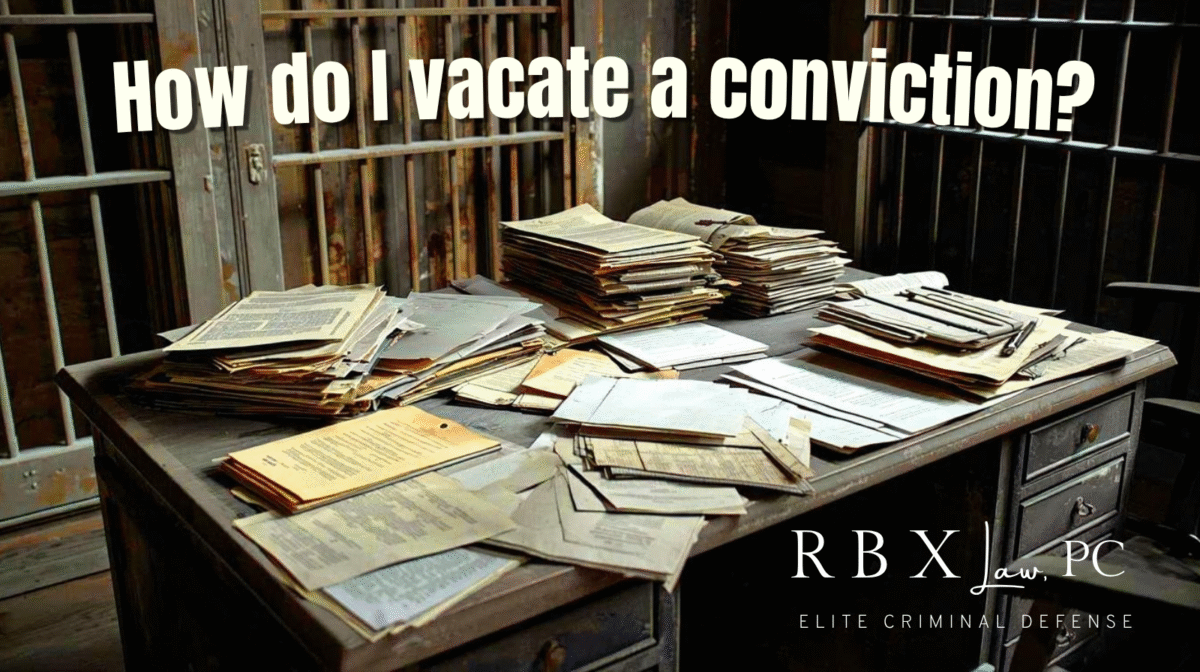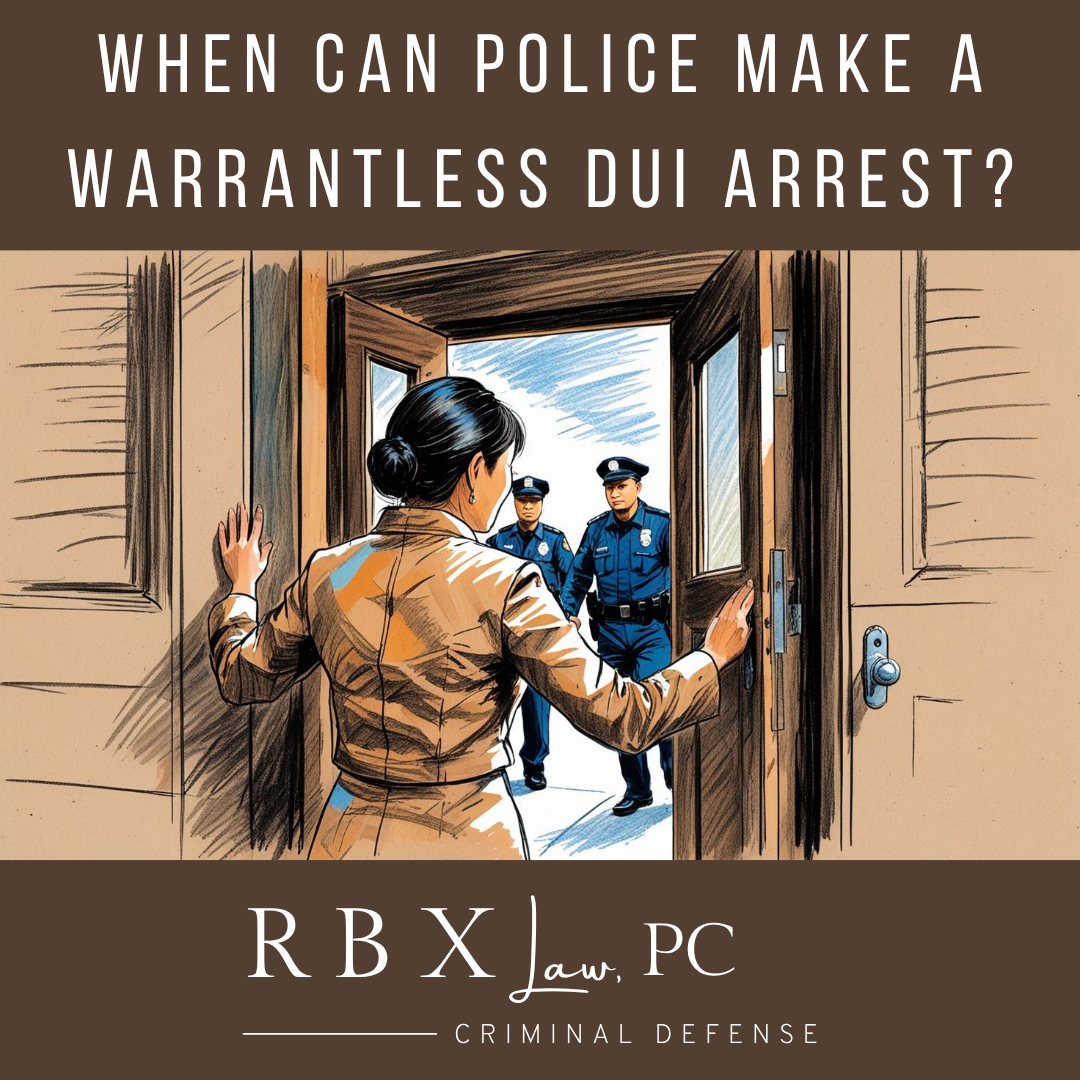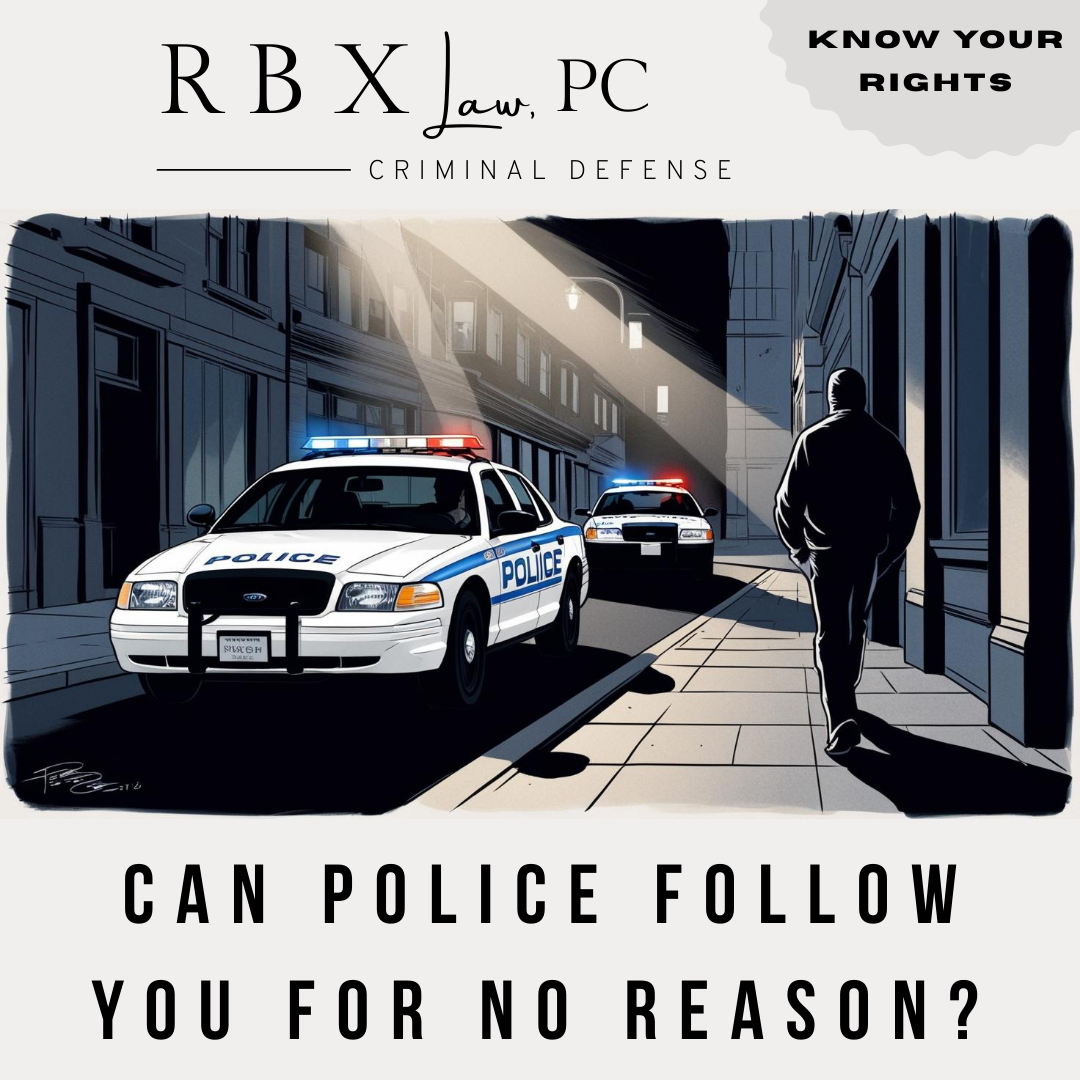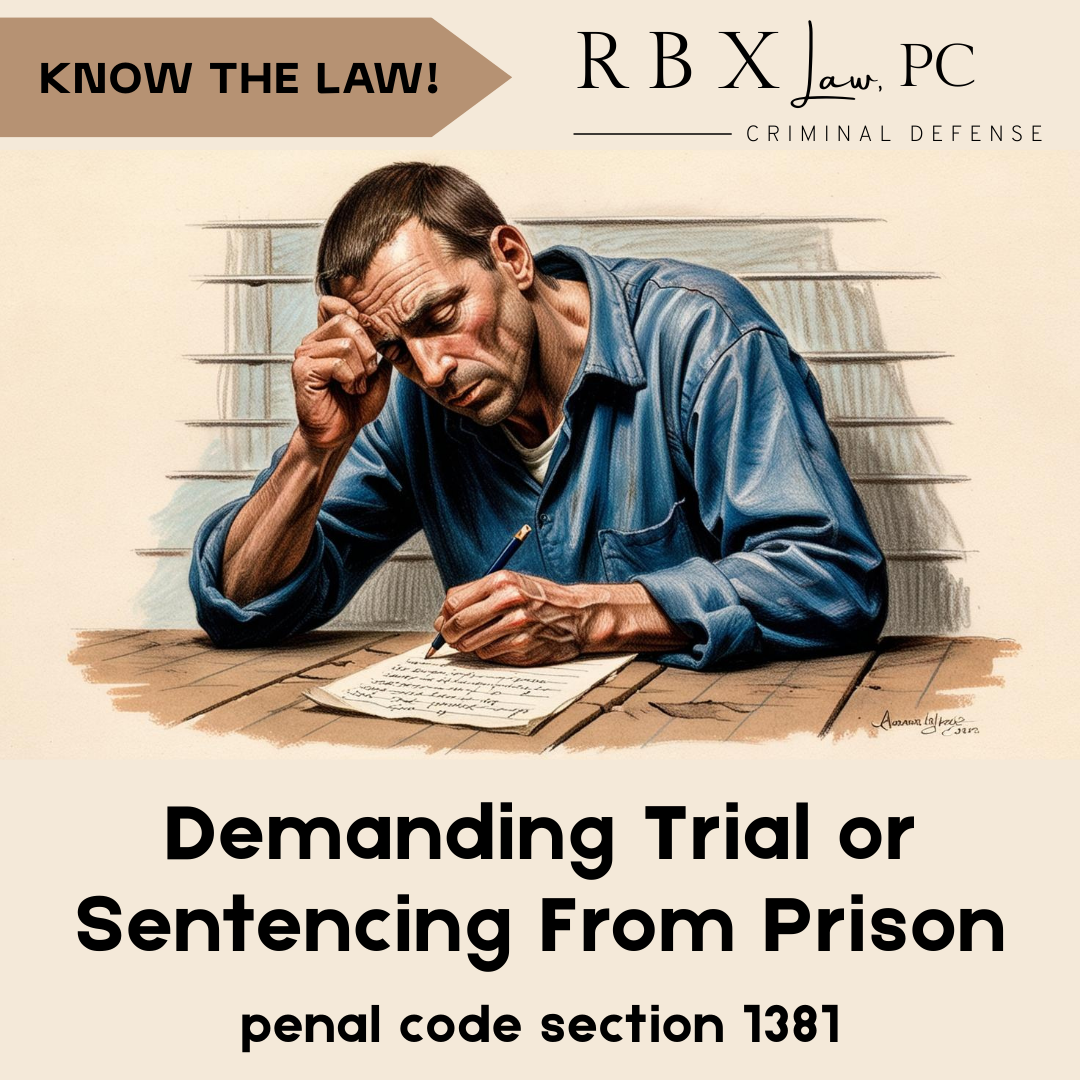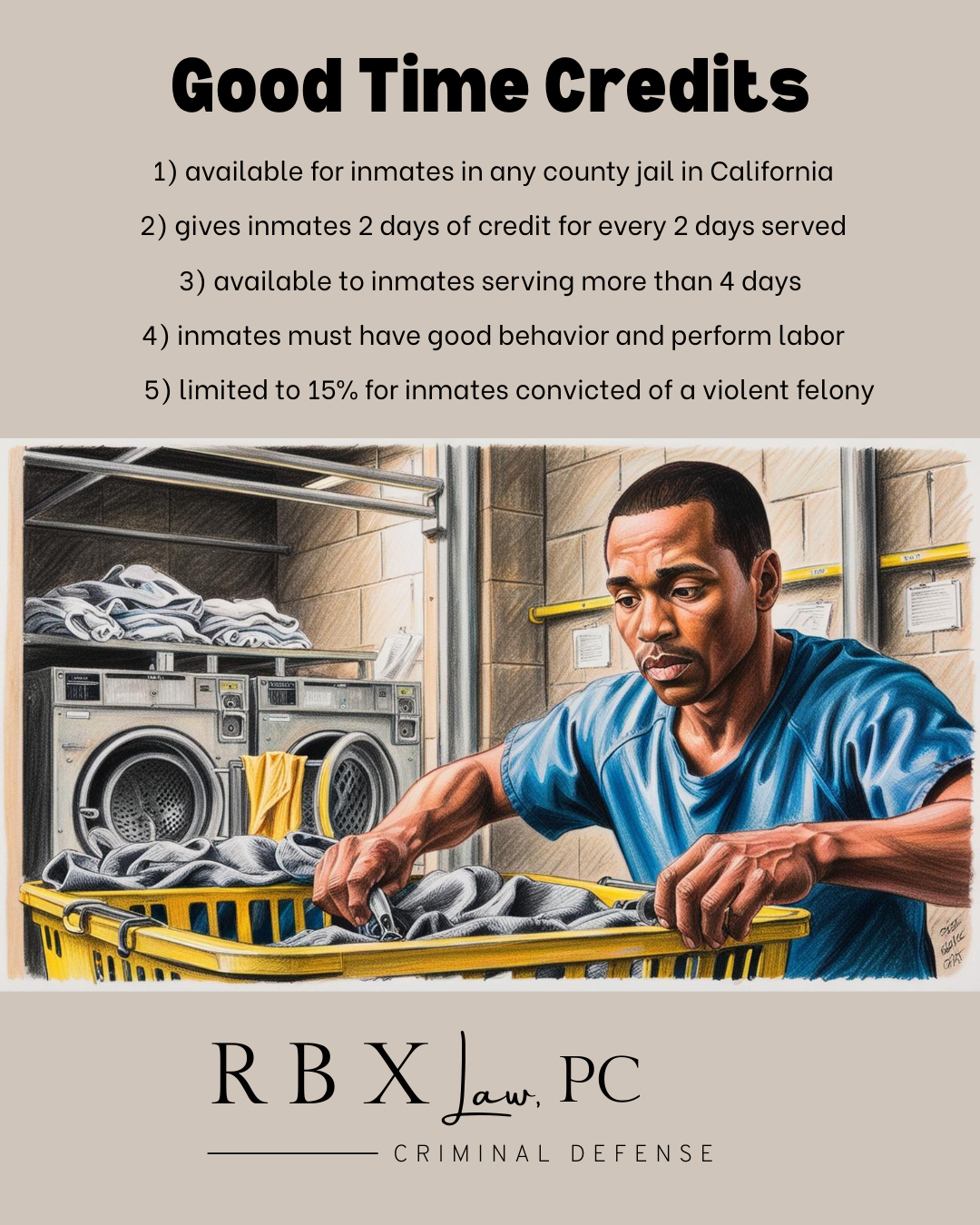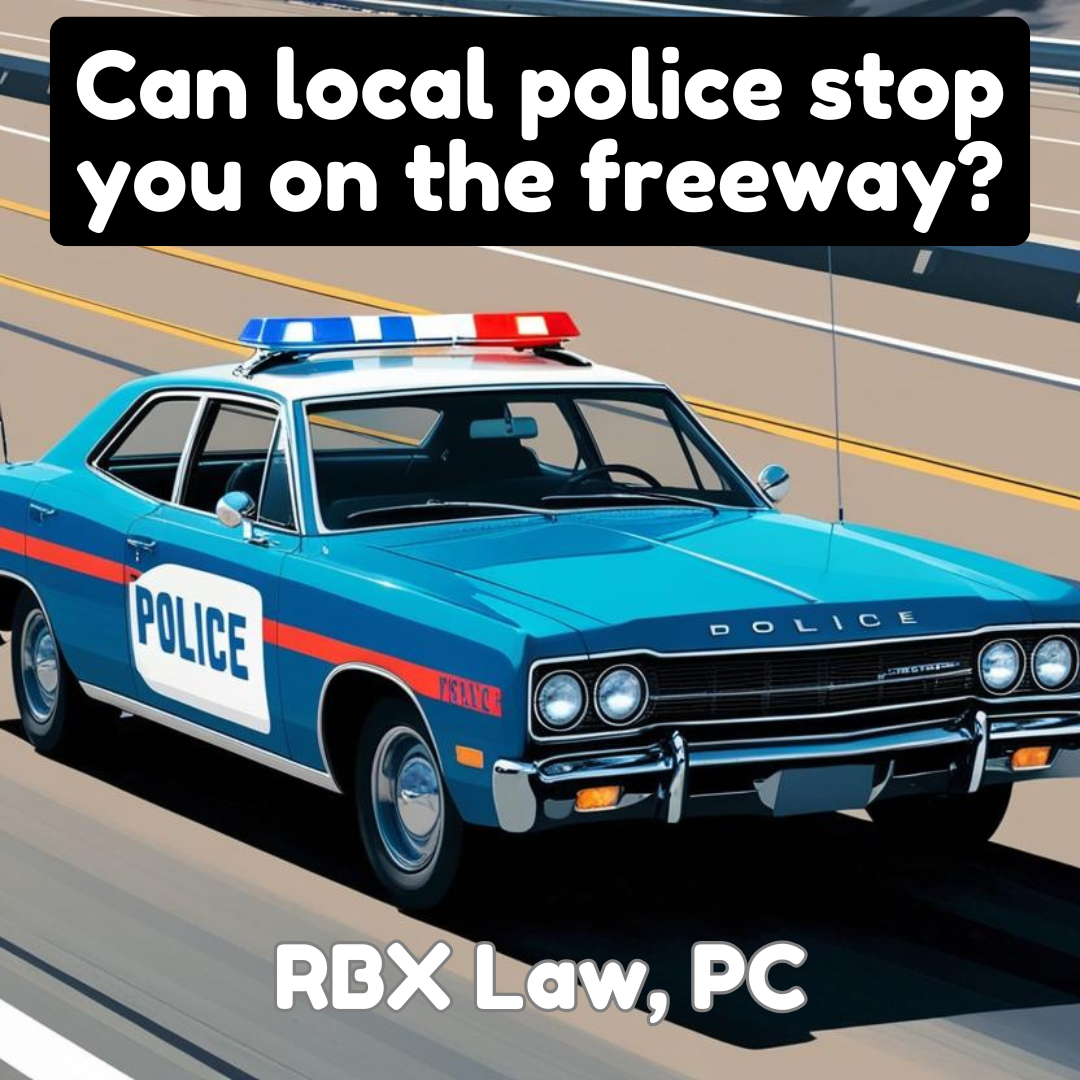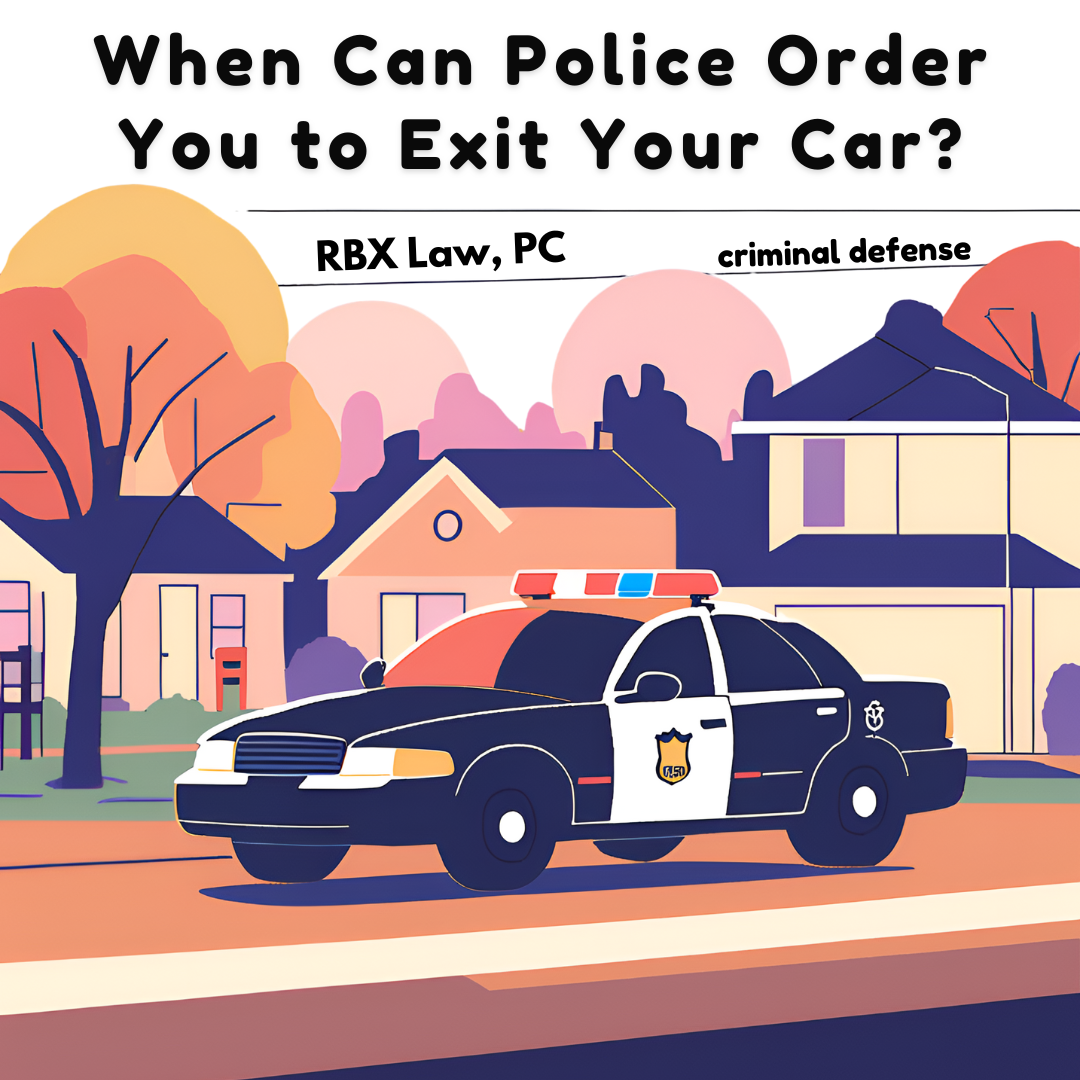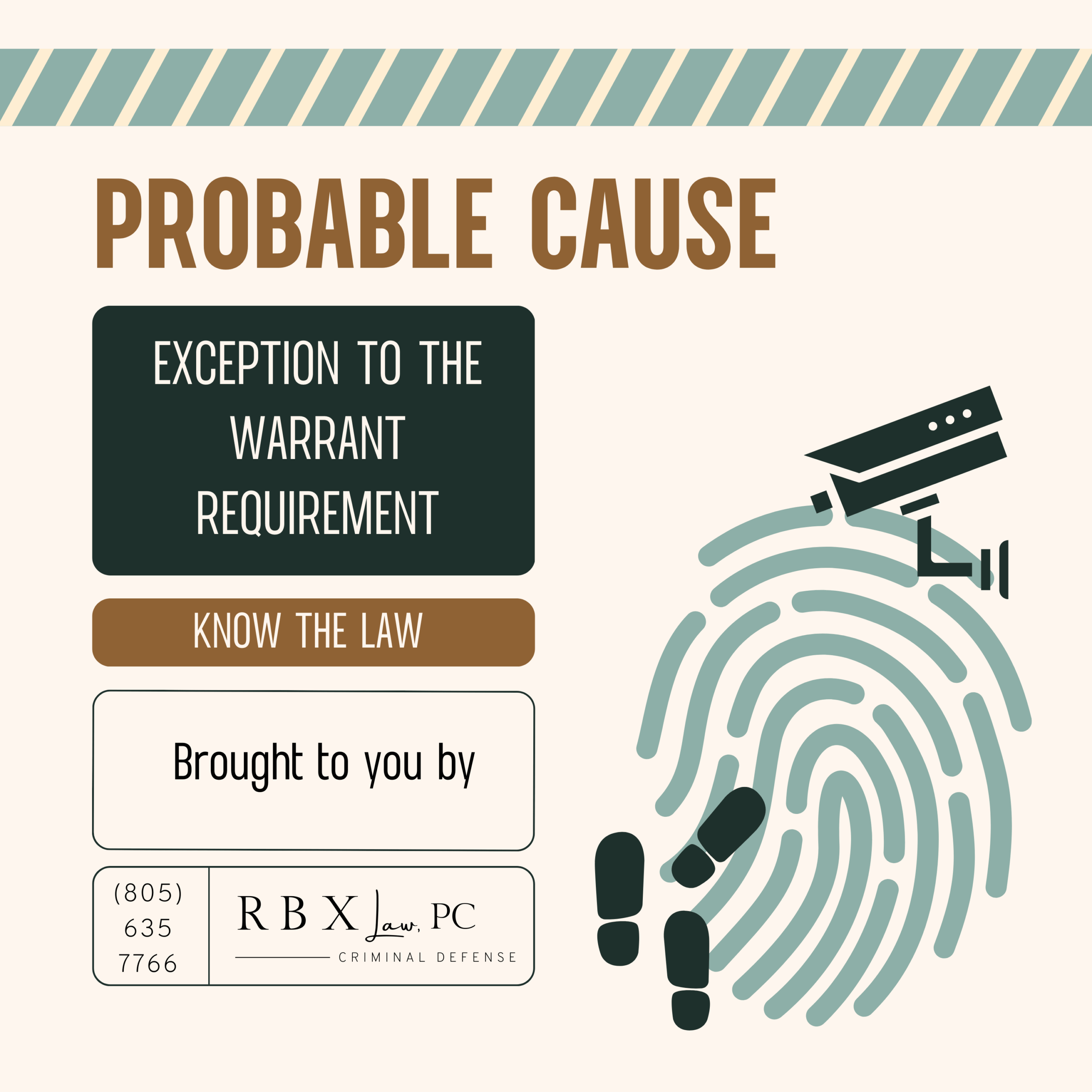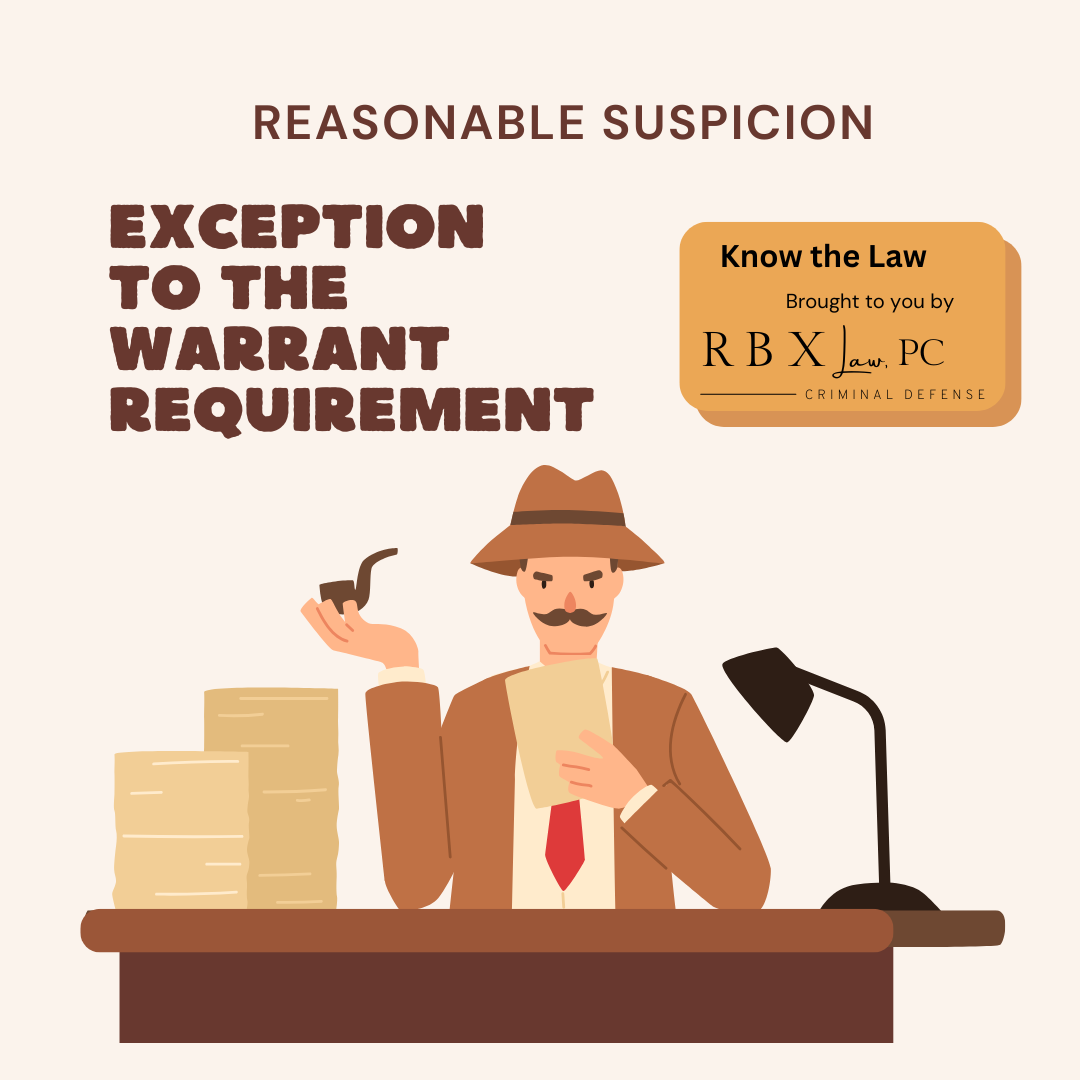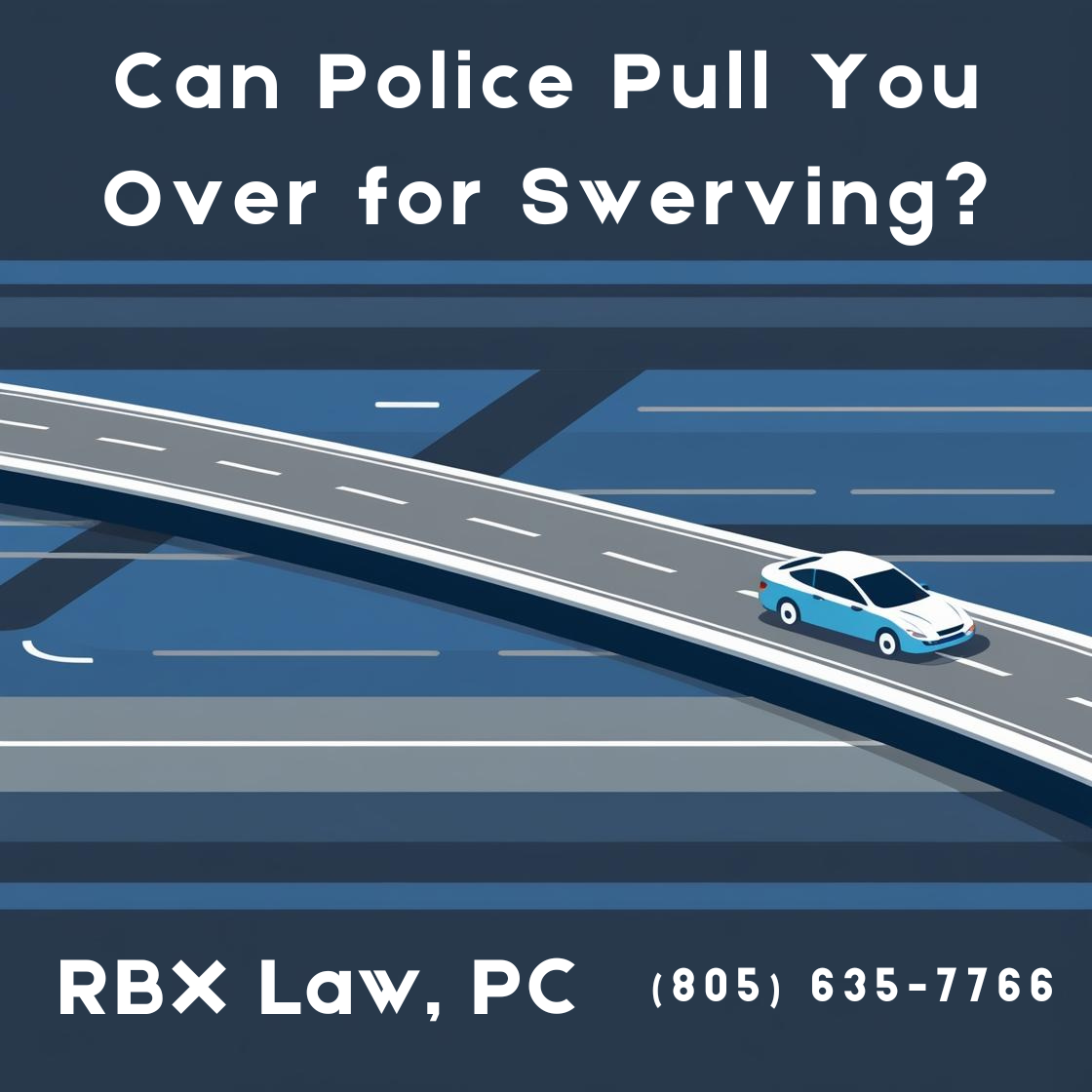In California, there are several legal mechanisms to vacate a conviction, depending on the circumstances of the case:
Prejudicial Error and Immigration Consequences (Cal Pen Code § 1473.7): A person no longer in criminal custody may file a motion to vacate a conviction if it is legally invalid due to prejudicial error that damaged their ability to meaningfully understand, defend against, or knowingly accept the actual or potential adverse immigration consequences of a conviction or sentence. The moving party must establish this by a preponderance of the evidence, and the court must grant the motion if the conviction is found to be legally invalid. Cal Pen Code § 1473.7, People v. Espinoza, 14 Cal. 5th 311, People v. Diaz, 76 Cal. App. 5th 102, People v. Coca, 96 Cal. App. 5th 451.
Victims of Intimate Partner or Sexual Violence (Cal Pen Code § 236.15): A person convicted of a nonviolent offense committed while they were a victim of intimate partner violence or sexual violence may petition to vacate the conviction. The petitioner must show by clear and convincing evidence that the offense was a direct result of being a victim and that they lacked the requisite intent to commit the offense. Cal Pen Code § 236.15.
Victims of Human Trafficking (Cal Pen Code § 236.14): A person convicted of a nonviolent offense committed as a direct result of being a victim of human trafficking may petition to vacate the conviction. The petitioner must demonstrate by clear and convincing evidence that the offense was a direct result of their victimization and that they lacked the intent to commit the offense. Cal Pen Code § 236.14.
Changes in Law Affecting Murder, Attempted Murder, or Manslaughter Convictions (Cal Pen Code § 1172.6): A person convicted of these offenses may seek to vacate the conviction if the conviction is no longer valid under changes to California law, such as those made by Senate Bill 1437. The prosecution bears the burden of proving beyond a reasonable doubt that the petitioner is ineligible for relief. Cal Pen Code § 1172.6.
Convictions Obtained in Violation of Rights (Cal Pen Code § 745): If a conviction was obtained in violation of rights protected under Cal Pen Code § 745, such as those related to racial bias, the court may vacate the conviction and order new proceedings. Cal Pen Code § 745.
Clerical or Legal Errors in Judgment (Cal Code Civ Proc § 116.725): A motion to vacate a judgment may be filed to correct clerical errors or legal errors in the basis of the decision. Cal Code Civ Proc § 116.725.
Writ of Error Coram Nobis: This common law remedy is available to vacate a conviction when new facts arise that were not known at the time of trial and would have prevented the judgment. However, it is limited to correcting errors of fact, not law, and is only available when no other remedy exists. People v. Banks, 53 Cal. 2d 370, People v. Ward, 118 Cal. App. 2d 604, People v. Crawford, 176 Cal. App. 2d 564.
Convictions Invalidated by Statutory Changes (Penal Code § 1170.21): Certain convictions, such as those under Penal Code § 647f (as it read on December 31, 2017), are automatically vacated by statutory changes. Cal Pen Code § 1170.21.
Executive Clemency and Pardons: A convicted person may seek a pardon or clemency from the Governor, which can effectively vacate the conviction or mitigate its effects. This process often involves obtaining a certificate of rehabilitation.
Each of these methods has specific procedural requirements and evidentiary standards that must be met to succeed in vacating a conviction.

